Sunscreen Lies That Are Quietly Messing With Your Skin

(Even If You Swear You're “Doing Everything Right”)
Let’s just call it what it is:
We’ve been lied to. About sunscreen. Repeatedly. And I say this with love because, SAME. I used to think slathering on any old SPF once in the morning meant I was doing my skin a favor. Turns out... not quite.
We all know the golden skincare gospel:
“Wear sunscreen every single day.”
And don’t get me wrong, that part’s solid. Sunscreen is non-negotiable. It’s your ride-or-die, your BFF in the anti-aging war, your literal skin saviour.
But here’s the spicy twist: Some of the sunscreen advice floating around out there? It’s outdated. Misleading. Or flat-out wrong. And following it blindly might actually be wrecking your skin, even if you think you’re doing everything right.
So let’s set the record straight because you deserve better than false promises and clogged pores.
First: Sunscreen is Still the Hero (Let’s Not Cancel It)
Before we go full rebel, let’s get this out of the way:
Yes, you still need tinted sunscreen. Always.
Why? Because:
-
UVB rays burn your skin.
-
UVA rays sneak in to cause wrinkles and dark spots.
-
Blue light from your screen? Also playing the villain (hi pigmentation).
Sunscreen helps in preventing all of that. It's not optional, it's necessary. But (and it’s a big but), using the wrong SPF or trusting bad advice? That’s where the damage starts.
Lie #1: “SPF 100 = All-Day Protection. I’m Good.”
I wish this were true. I really do. SPF 100 sounds like the bodyguard of sun protection, invincible, untouchable.
But nah. Reality check: SPF fades. No matter how high the number. It breaks down with time, sweat, oil, rubbing, or that subconscious face-touching habit you didn’t even know you had.
The truth: SPF 100 doesn’t last longer than SPF 30. It just gives you a slightly higher protection window before reapplication is needed.
Fix it: Reapply every 2–4 hours. Especially if you’re outside, sweating, or swimming. High SPF isn’t a shield; it’s just the starting point.
Lie #2: “It’s Cloudy / I’m Indoors, So I Can Skip It.”
You know what else doesn’t take a day off? UVA rays. They go through windows. Clouds. Your car windshield. They’re like the cockroaches of sun damage, always lurking.
And then there’s blue light from your laptop and phone, which is quietly accelerating hyperpigmentation while you’re scrolling memes.
Fix it: If it’s daytime, wear SPF even if you’re just moving from bed to couch to fridge.
Lie #3: “My Foundation Has SPF, So I’m Covered, Right?”
Oh, honey, no.
Unless you’re piling on a whole teaspoon of foundation (which… ew, cake face?), the SPF in your makeup is just not enough.
Fix it: Apply a standalone sunscreen first. Your foundation SPF is just a cute bonus, not your main line of defense.
Lie #4: “Water-Resistant Means I Don’t Have to Reapply After Swimming.”
Let’s clarify something real quick:
Water-resistant doesn’t mean waterproof. There’s no such thing as waterproof sunscreen (it’s literally not an FDA-approved terminology).
Fix it: Reapply after swimming, sweating, or toweling off. And yes, even that 80-minute “water-resistant” label needs backup.
Lie #5: “My Skin Is Dark, I Don’t Really Need Sunscreen.”
I’ve heard this one way too many times, and it's so dangerous.
Yes, melanin offers some natural sun protection (like SPF 13-ish, tops). But it’s not a free pass.
Dark skin can still get sunburned, damaged, and yes, skin cancer is still a possibility
Fix it: Everyone, regardless of skin tone, needs sunscreen. Period.
Lie #6: “Any Sunscreen Will Do As Long As I’m Using It.”
Oof, I wish it were that easy.
But not all sunscreens are skin-friendly. Some are like the ex who seems cool at first and then wrecks your peace.
What to watch out for:
-
Alcohol can dry you out and compromise your skin barrier.
Fix it: Choose formulas that work with your skin. Look for fragrance-free, non-comedogenic options with zinc oxide or titanium dioxide, especially if you're breakout-prone or sensitive.
When Sunscreen Actually Messes With Your Skin
Let’s be real for a sec: sunscreen can be a frenemy when used wrong. Here's how:
It Can Break You Out
Thick, occlusive SPFs that clog pores? Hello, acne.
It Can Sting
Some chemical filters (especially oxybenzone) can feel like your face is on fire—especially near your eyes.
It Can Wreck Your Skin Barrier
Pairing sunscreen with strong actives (like retinol or exfoliants) and forgetting to moisturize? Yeah, that’s a fast track to an irritating city.
It Can Build Up
Sunscreen’s gotta be removed properly. Otherwise, welcome to clogged pores and dull skin.
Solution? Double cleanse. Always. Micellar water alone won’t cut it.
So, What Does “Doing Sunscreen Right” Actually Look Like?
It’s not rocket science, just smart layering and a little commitment. Here’s the ideal routine:
1. Choose Mineral or Hybrid Sunscreen
Look for zinc oxide or titanium dioxide. These physical blockers sit on your skin and reflect rays instead of absorbing them. Great for sensitive types.
2. Go Broad-Spectrum
Make sure it protects against UVA + UVB. Bonus points if it includes iron oxides (they help with blue light).
3. Reapply Without Ruining Your Makeup
Can’t redo your whole routine mid-day? Try:
-
SPF sticks (mess-free reapplication)
-
Powder SPF (great over makeup)
- Go for tinted sunscreen, giving you a base and easy to reapply, as you can skip the foundation.
4. Layer Up With Antioxidants
Vitamin C, niacinamide, and green tea add another line of defense against pollution and UV damage, or go for antioxidant-enriched sunscreen like uniqaya's hydra or tinted sunscreen.
5. Moisturize Like You Mean It
Sunscreen without hydration = a flaky, angry mess. To maintain the health of your skin barrier, look for moisturizers that contain ceramides, hyaluronic acid, or panthenol.
Sneaky SPF Ingredients That Might Be Ruining Your Glow
Here’s what to watch for on the ingredient list:
-
Octinoxate – harsh on skin and controversial for good reason (also banned in some places).
-
Alcohol – unnecessary and often irritating.
Instead, reach for:
- Zinc oxide (gentle but protective)
- Titanium dioxide
- Iron oxides (blue light shield)
- Formulas labeled fragrance-free and non-comedogenic
What a “Good” Sunscreen Actually Looks Like
No sunscreen is perfect, but a keeper will usually tick these boxes:
Broad-spectrum
SPF 30–50
No fragrance or alcohol
Doesn’t clog pores
Feels nice (so you’ll actually use it)
Comes in a format you like (cream, stick, cushion, mist, whatever)
Tinted? Even better (added blue light defense + sheer coverage)
Final Thought: Sunscreen Isn’t the Enemy, But Bad Advice Might Be
Let’s stop acting like sunscreen alone can save your skin if everything else is out of whack. It's a major player, but it's not the only one.
Ask yourself:
-
Am I reapplying?
-
Is my SPF formula right for my skin?
-
Do I double cleanse?
-
Am I moisturizing and using antioxidants too?
If yes? You’re doing great. If not? You’ve got a solid place to start.
And hey, don’t beat yourself up. We’ve all fallen for the sunscreen lies at some point. The good news? Now you know better.
So stay shady (in the SPF kind of way), and keep in mind:
That your sunscreen should benefit your skin, not harm it.



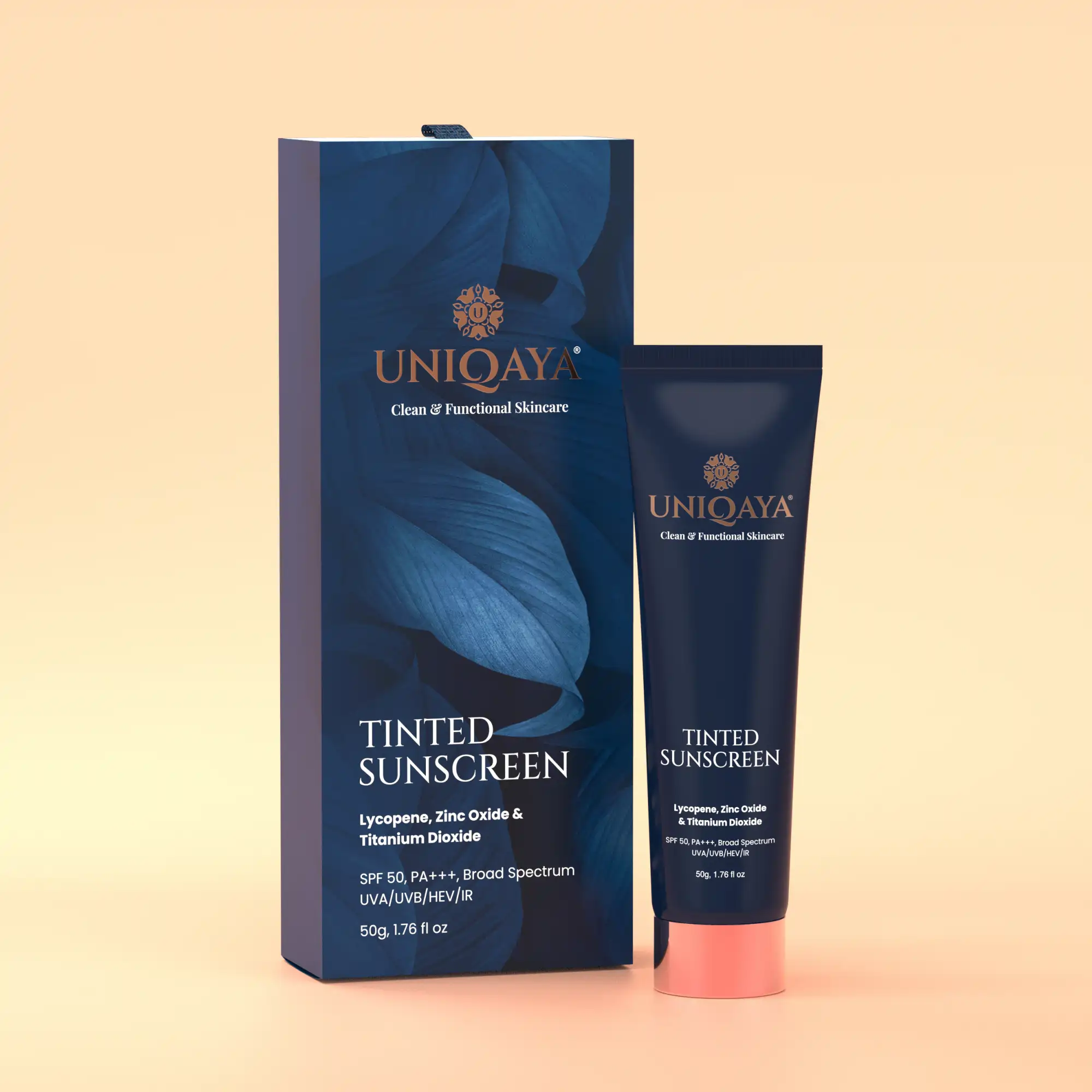
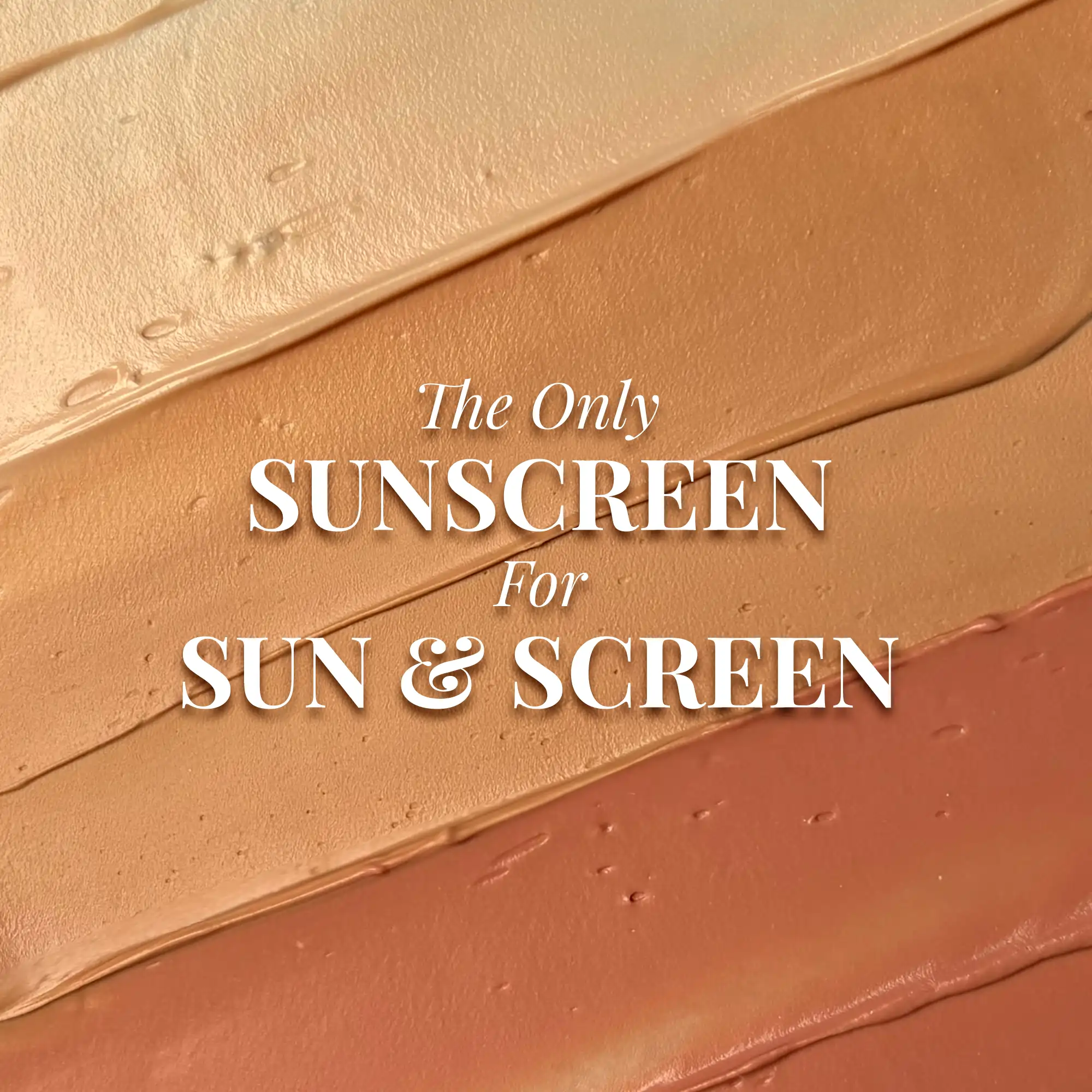
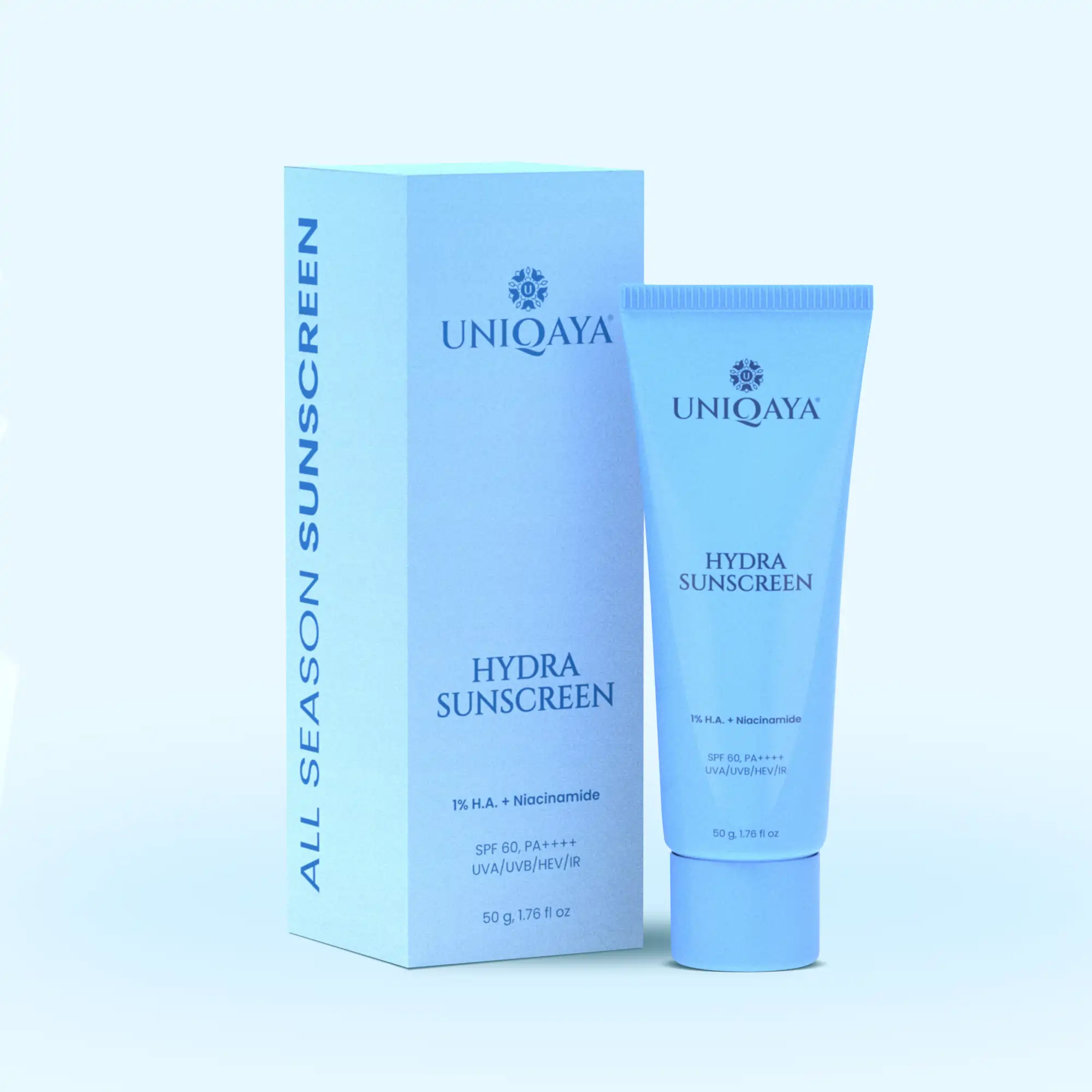
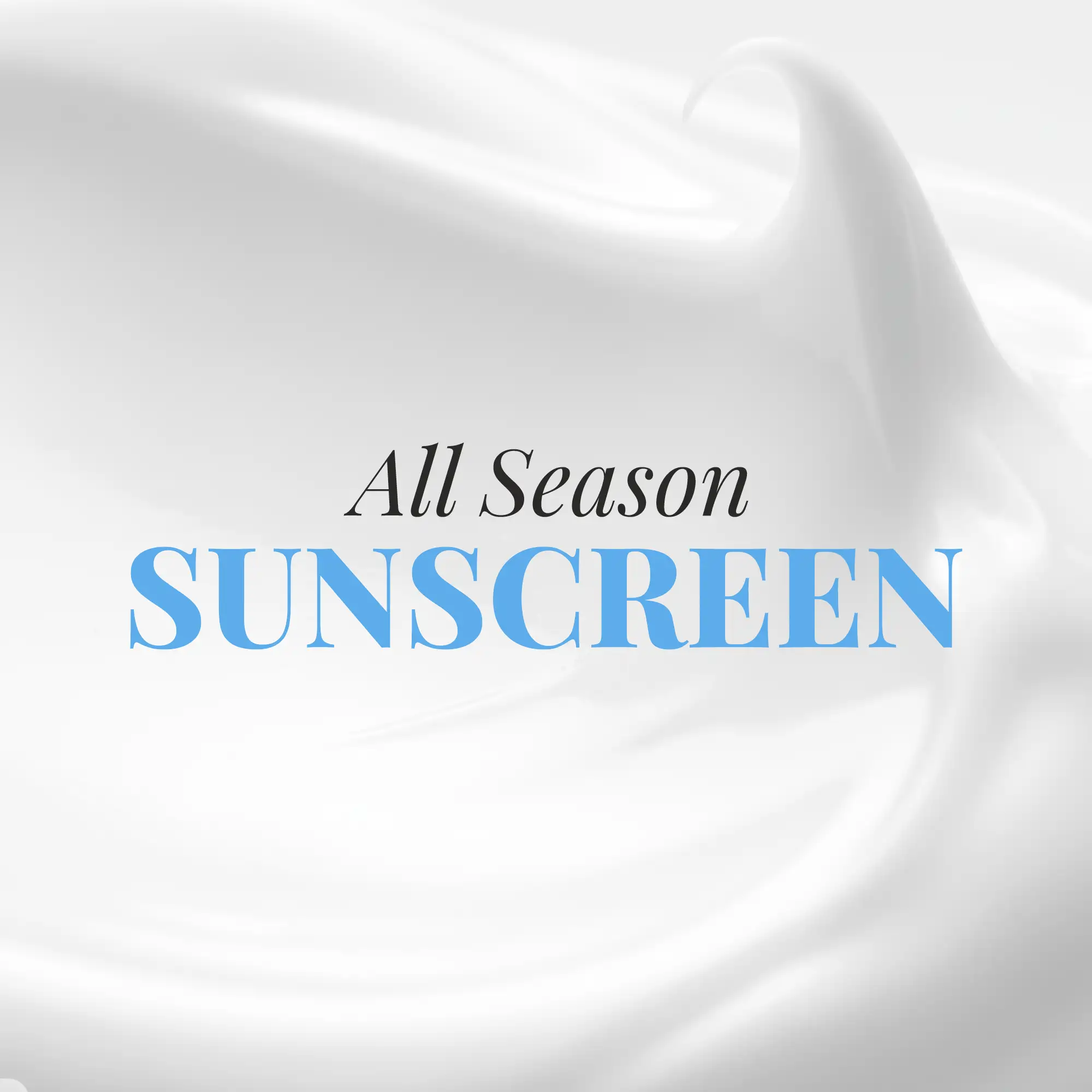
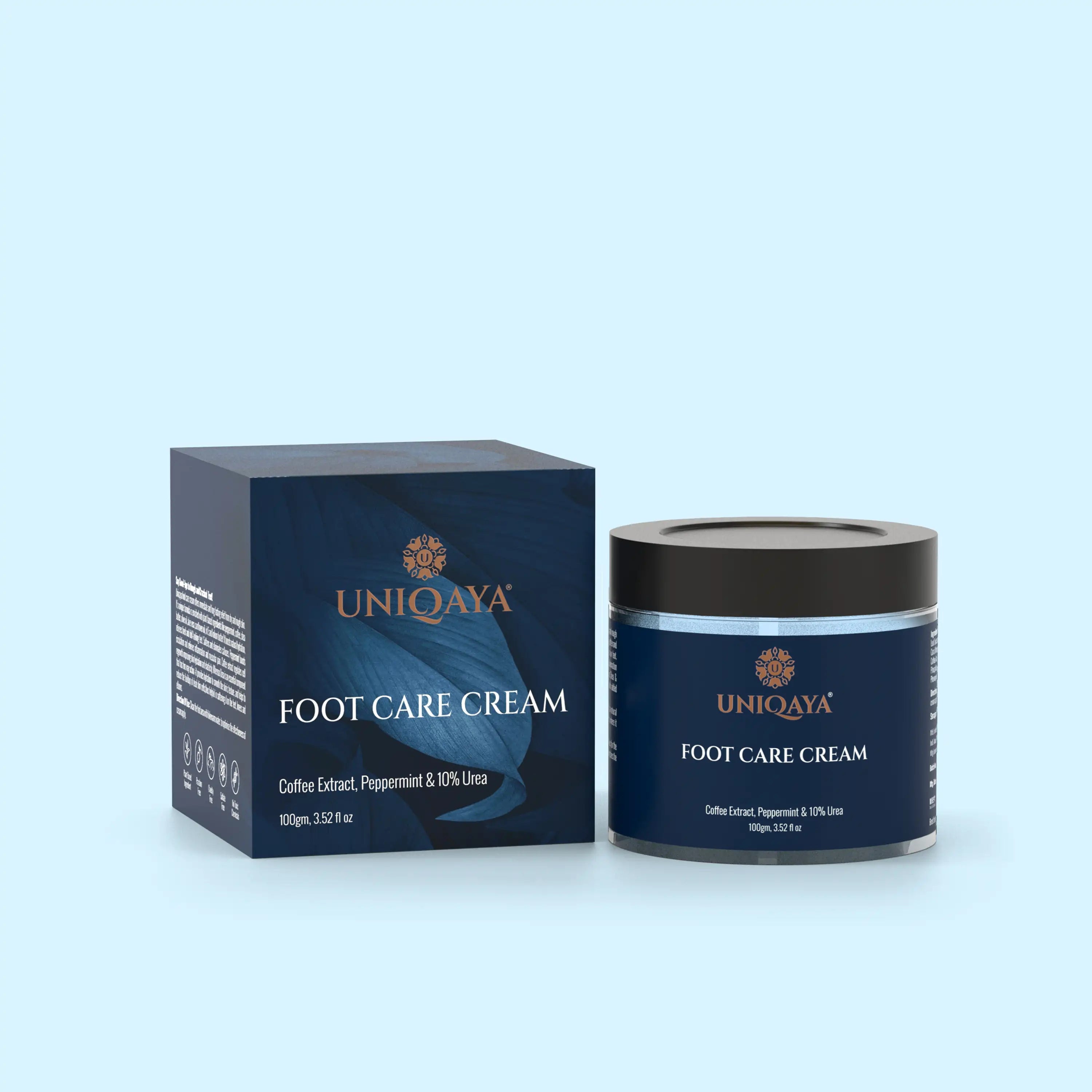
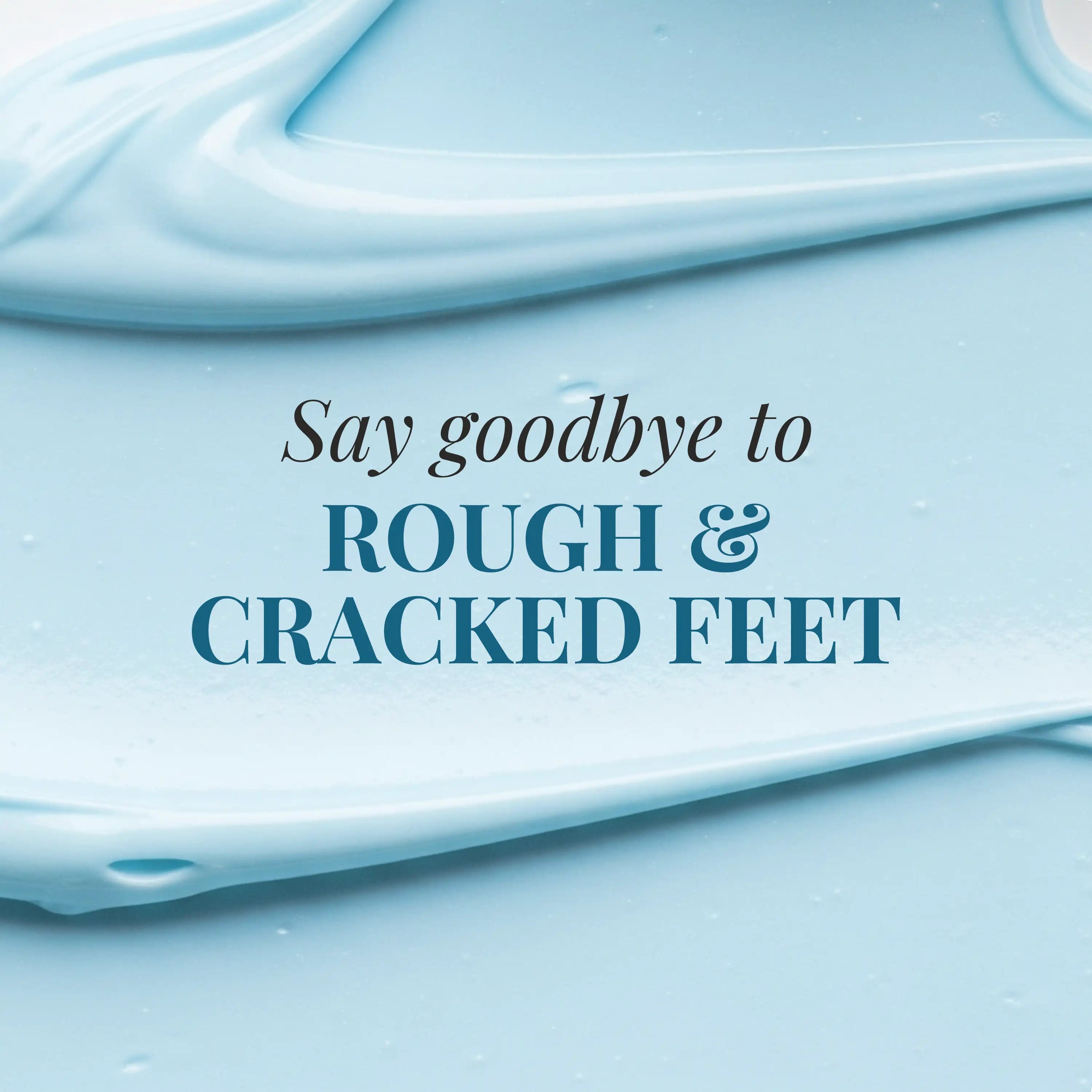
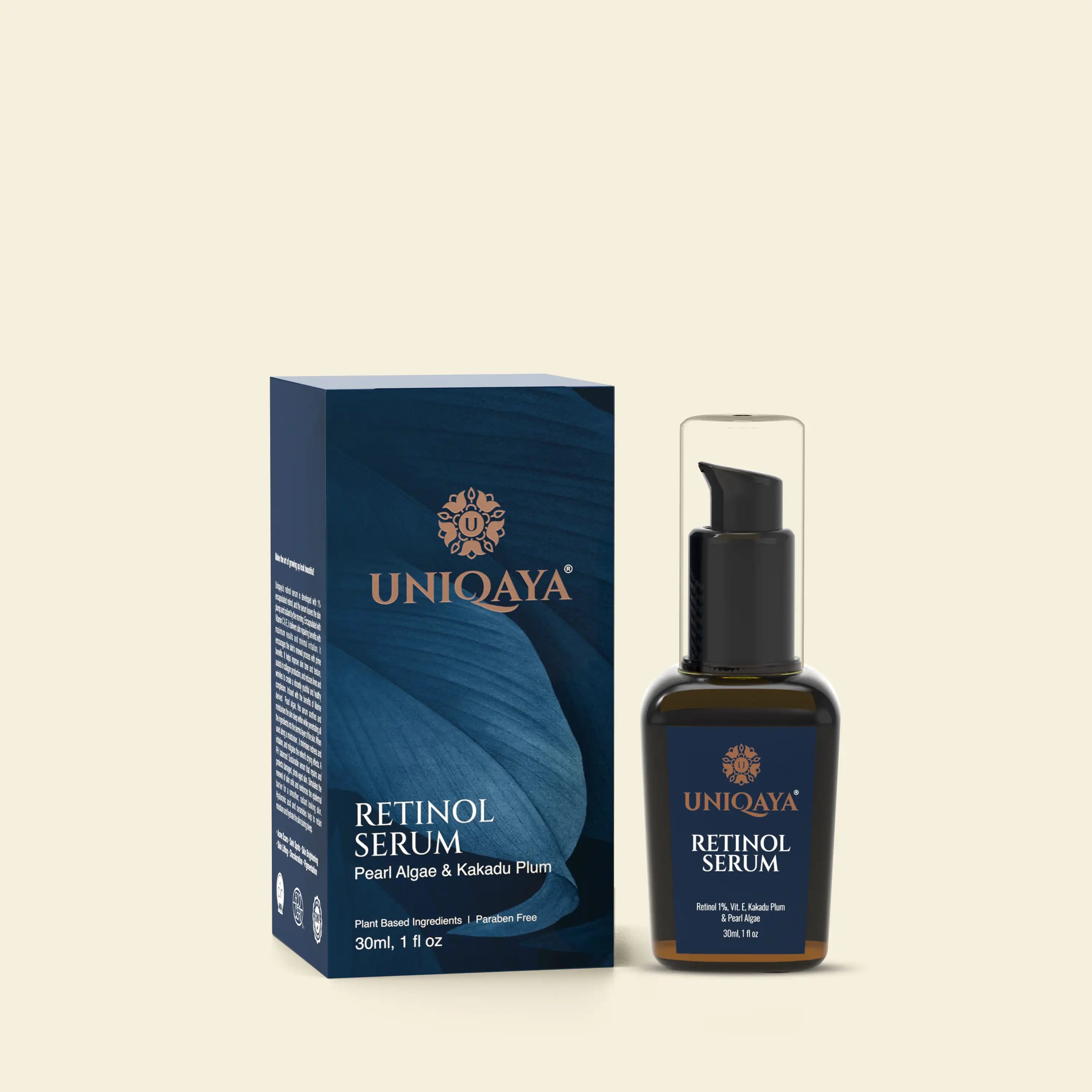
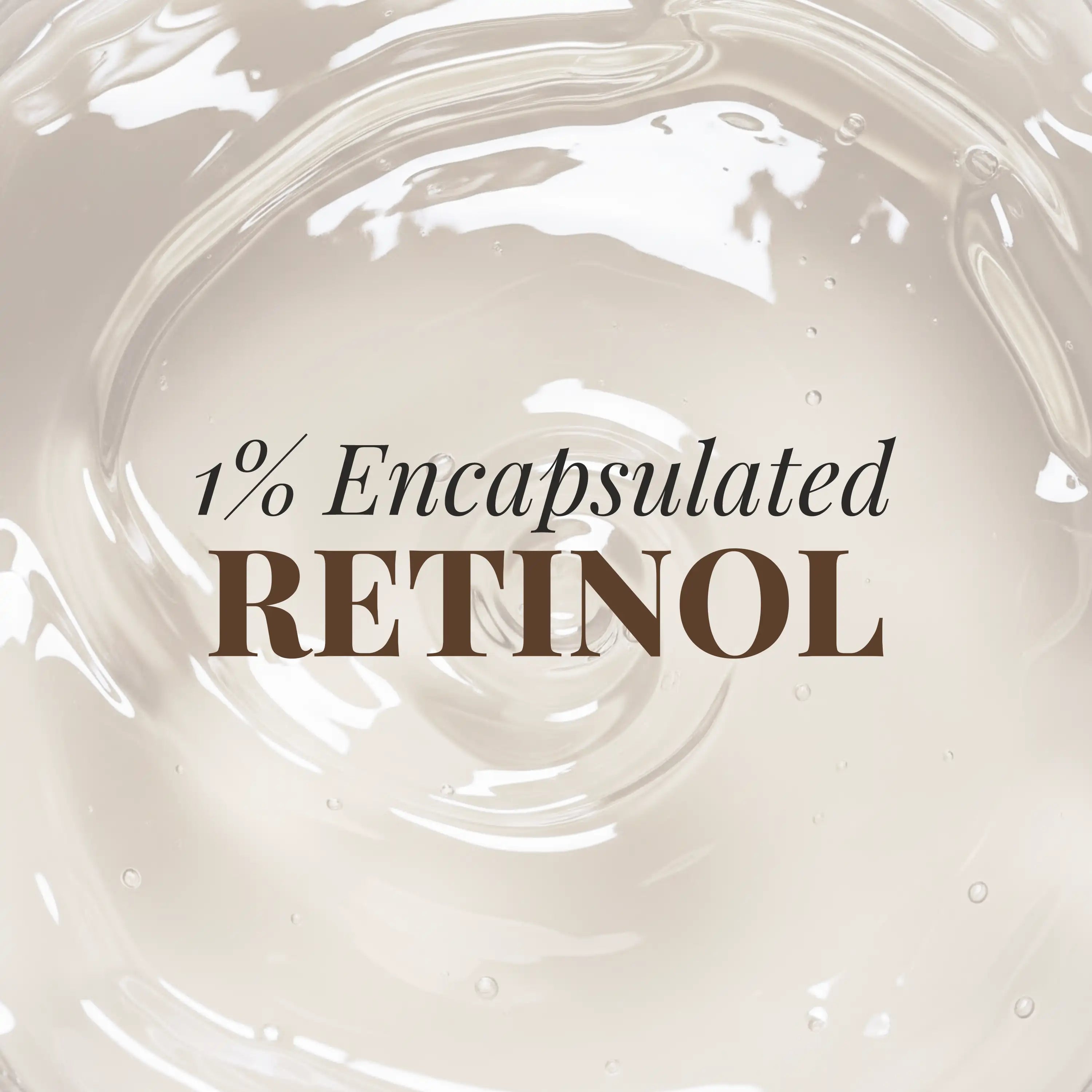
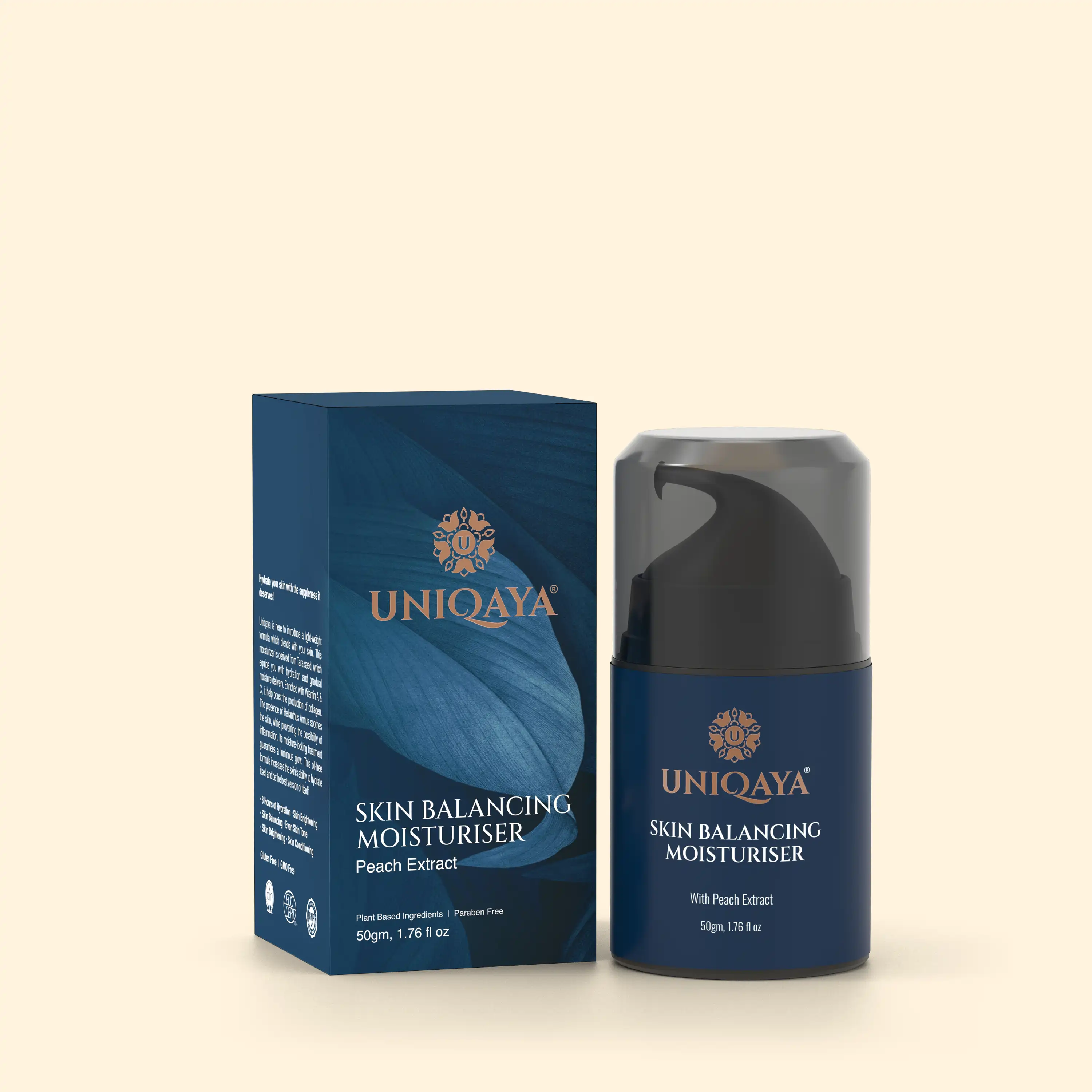
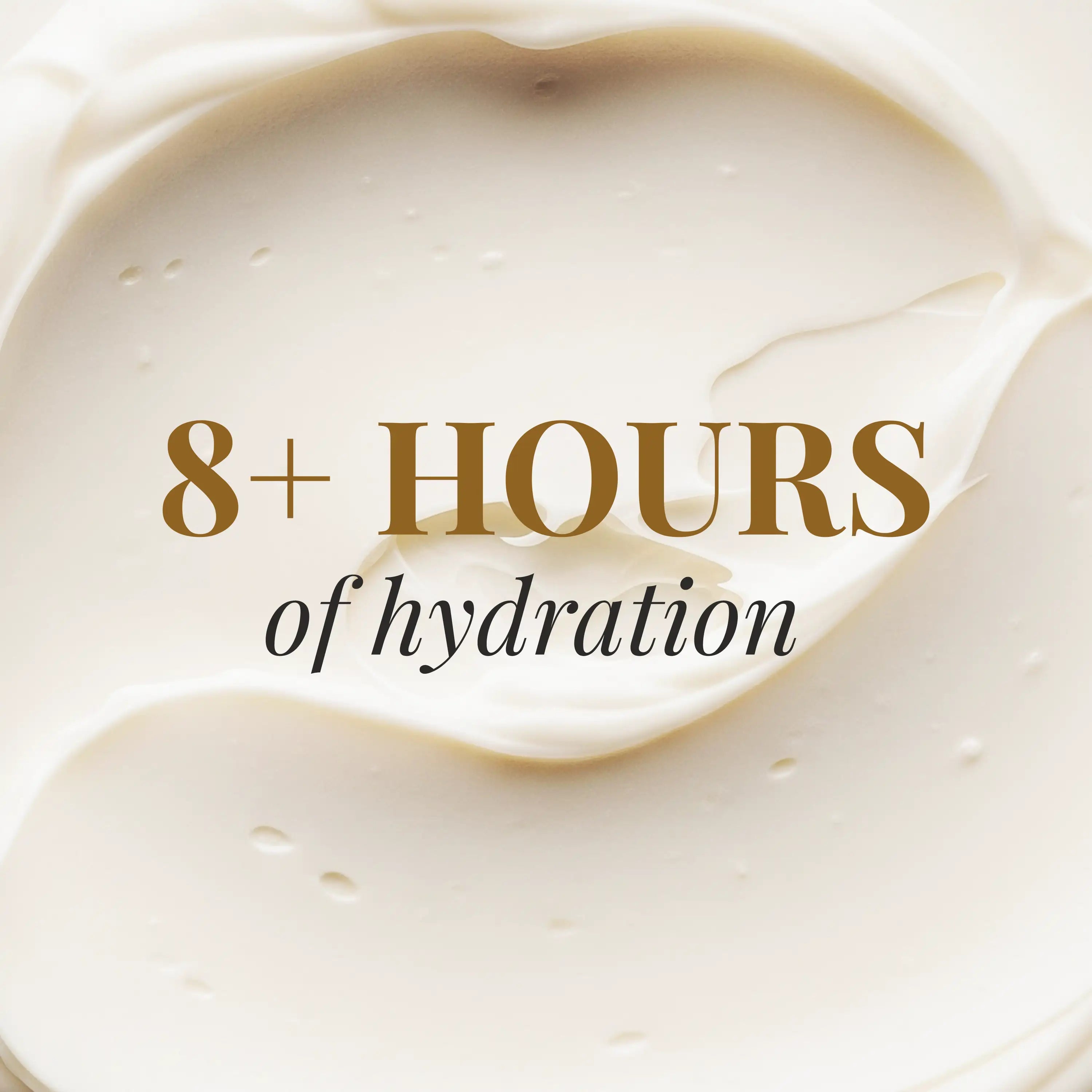
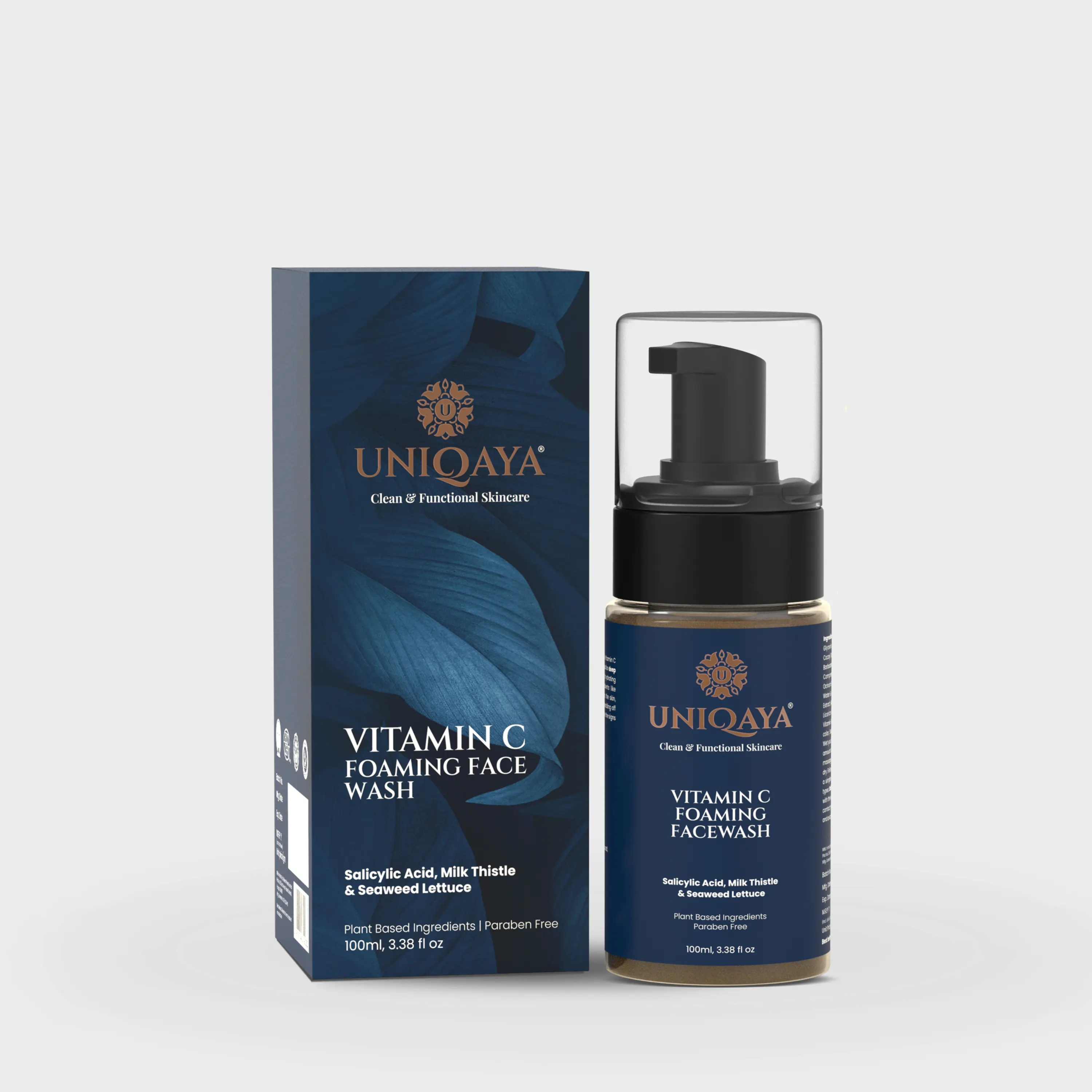
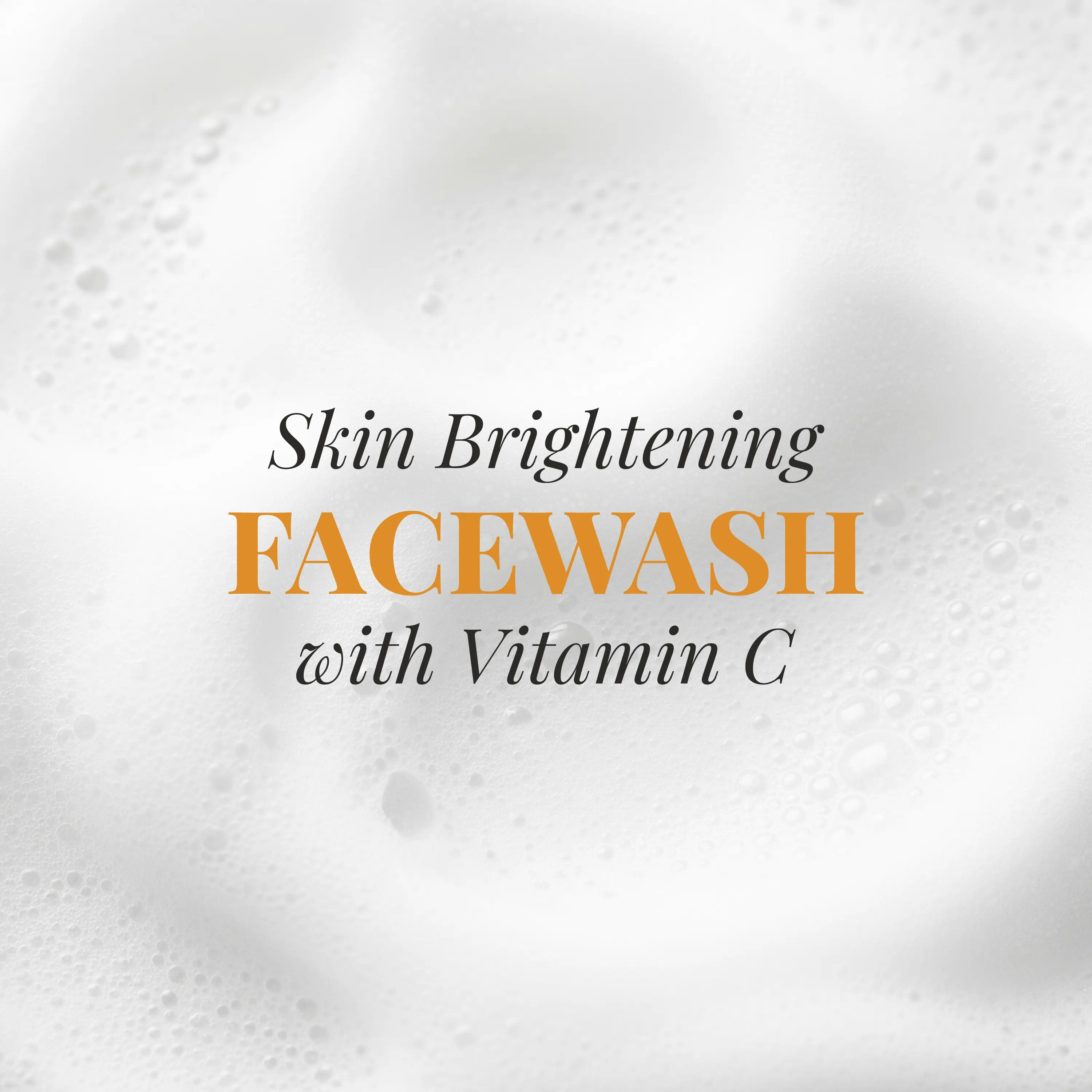
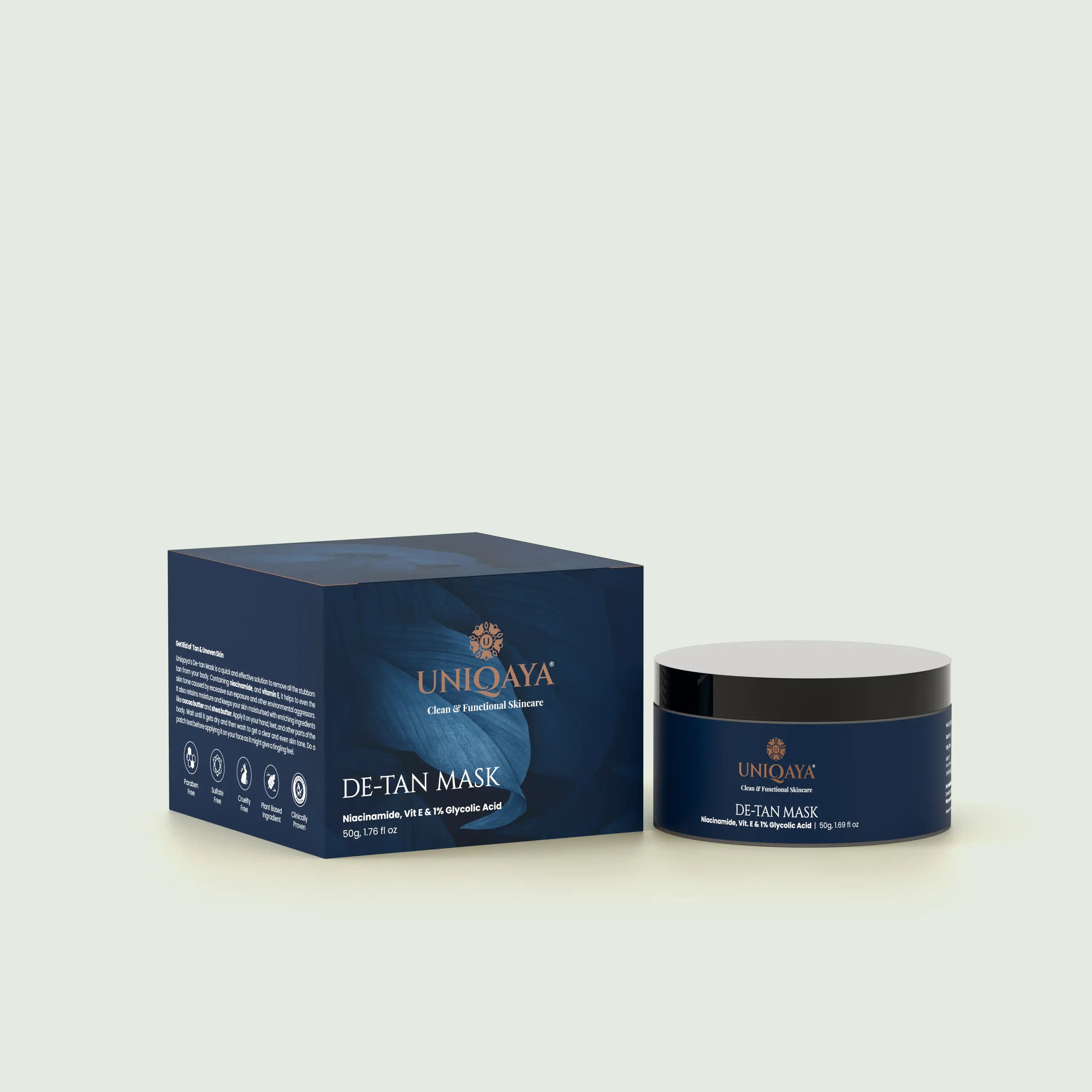
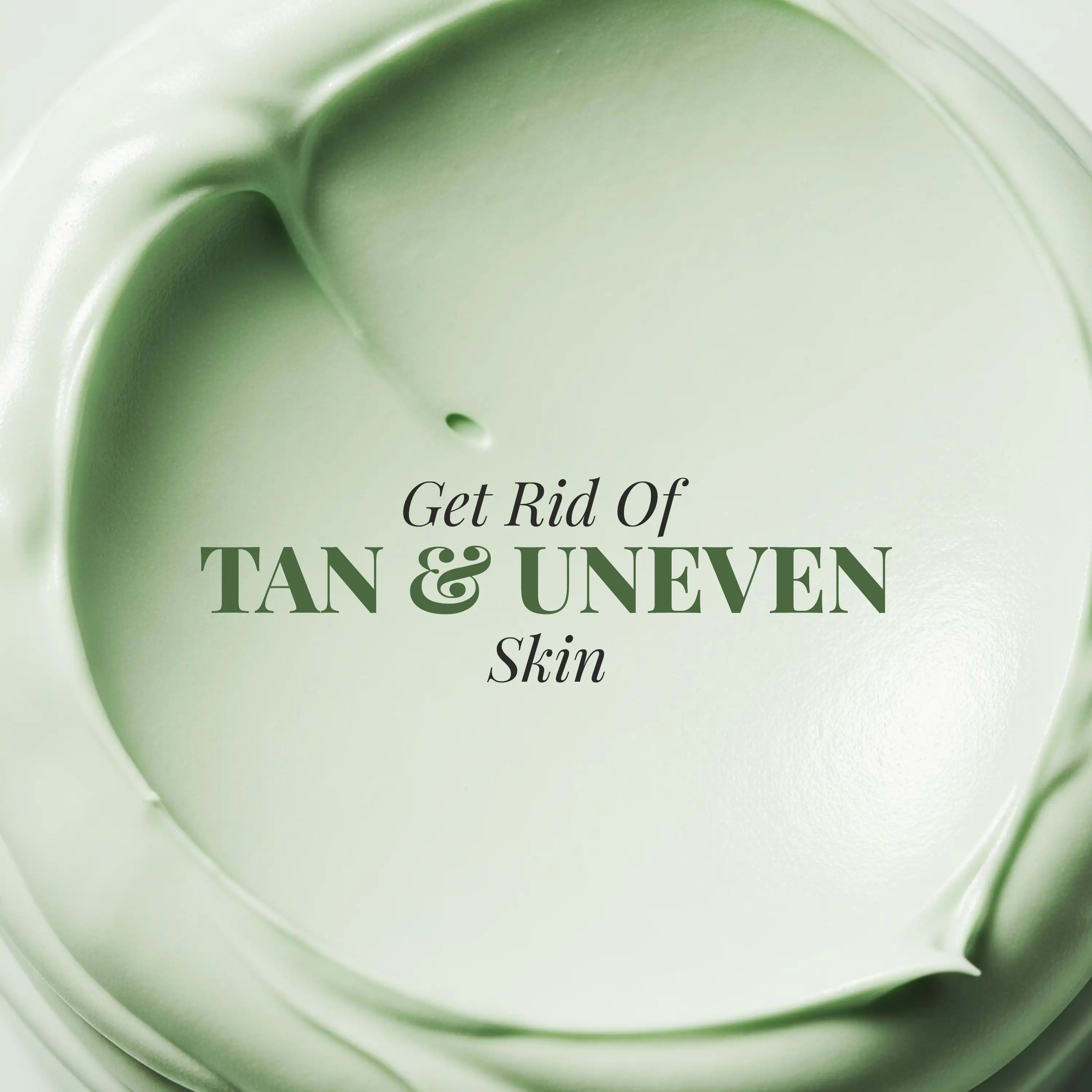
Leave a comment